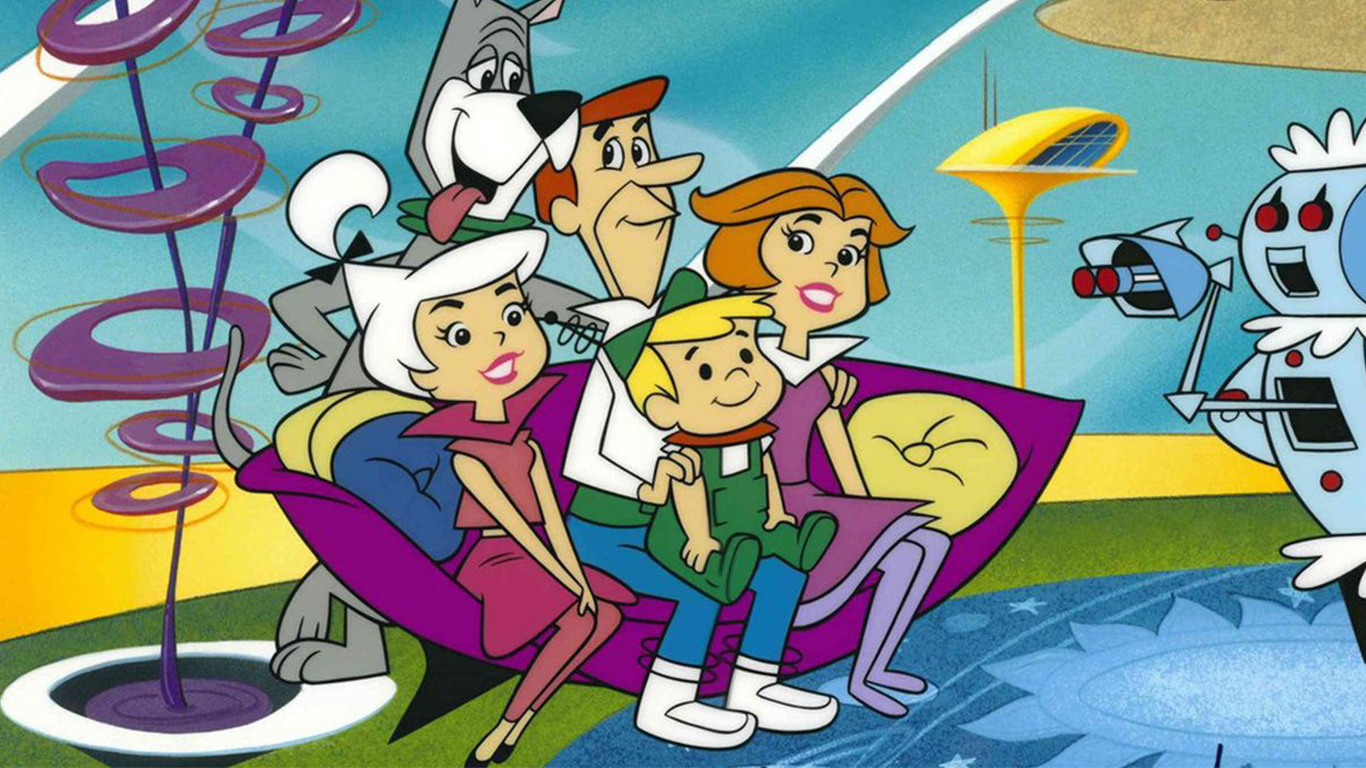 Dish Network bought the assets of Blockbuster to compete with Netflix (NASDAQ: NFLX), if the media is right. At about the same time, Netflix signed an arrangement to offer “Mad Men,” and Google (NASDAQ: GOOG) decided to use YouTube as a delivery platform for premium content.
Dish Network bought the assets of Blockbuster to compete with Netflix (NASDAQ: NFLX), if the media is right. At about the same time, Netflix signed an arrangement to offer “Mad Men,” and Google (NASDAQ: GOOG) decided to use YouTube as a delivery platform for premium content.
All of these new entries into the world of video streaming have to compete with multi-billion dollar giants such as AT&T (NYSE: T) and Verizon (NYSE: VZ). Each has spent huge sums to run fiber in front of nearly every home in its service area. Verizon has signed up almost 3 million people to use it FiOS television service. It has to invest to increase that number as it challenges cable companies Time Warner Cable (NYSE: TWC), Comcast (NASDAQ: CMCSA), and Cablevision (NYSE: CVC). Each of these cable firms must defend its turf or watch profits and sales melt away.
There are two reasons why these companies want to be in the premium video delivery business. The first is that Americans will stop visiting movie theaters and will spend hundreds of dollars a year to get movies and TV shows via their broadband Internet service. The second is that people who sign up for these new services will also get the ability to watch the same content on their PCs and smartphones.
The challenge for each company is simple. Cable and satellite TV hold the high ground. The new generation of video services have to take substantial market share from them to become profitable. Only one firm has clearly won a spot at the top. That is Netflix (NASAQ: NFLX) which already has 20 million DVD through the mail customers. It got into the video streaming business through the back door using an established group of subscribers to flank the incumbents.
The living room has been a battle ground for decades. Nearly no one remembers it, but cable TV was originally developed for farmers who could not get TV signals far from stations. It migrated into cities later and operators added content channels to create a new business which has siphoned away revenues from broadcast TV. Now cable has become the target and early efforts to take customers away from it have failed.
Ten years ago, Microsoft (NASDAQ: MSFT) and Intel (NASDAQ: INTC) launched a home theater enterprise. Its appeal was supposed to be that users could watch video in any room in their homes. People could even watch content on their PCs. The effort failed and the products disappeared within a year.
The new generation of video products is not much different from the older ones. New products have more channels, but most of them go unwatched. How many people want access to thousands of old movies? New video offerings allow people to watch shows on the little screens of smartphones. How many people want to see Star Wars on a 2-inch screen while sunlight obscures the picture?
Too many channels, too many devices, and too many companies.
Douglas A. McIntyre
Thank you for reading! Have some feedback for us?
Contact the 24/7 Wall St. editorial team.





